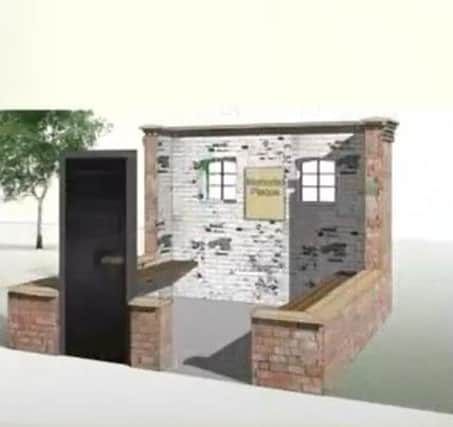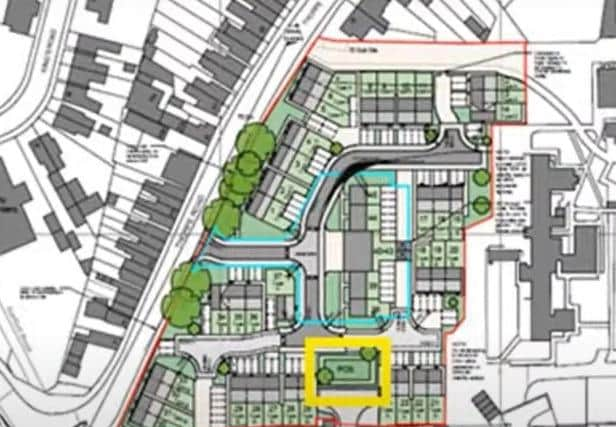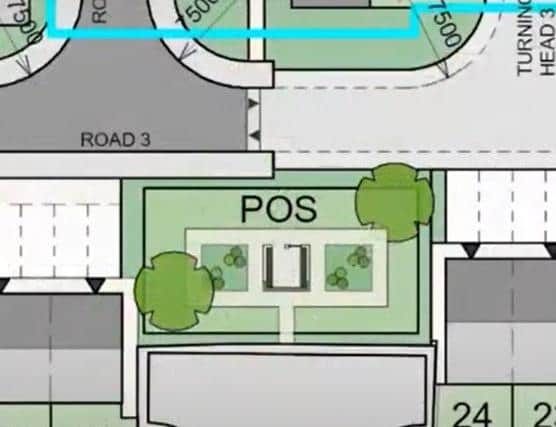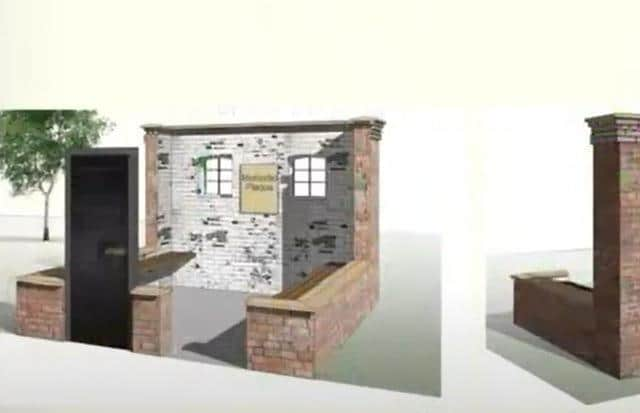First look at preserved historic vagrant cell at Melton housing site


Thousands of people signed petitions to save the cells, which date back to 1895, after developers wanted to demolish them all on the site of the former St Mary’s Hospital site on Thorpe Road.
Planning permission had already been given for 38 new homes on the land, including the conversion of the main former hospital building at the site, which has remained vacant and derelict since the nearby new Melton Mowbray Hospital was opened in 2006.
Advertisement
Hide AdAdvertisement
Hide AdThe developer eventually agreed to preserve one of the cells within an area of open space so it can be viewed by residents, historians and schoolchildren.


Members of the planning committee approved the planned structure, which would three sides, a door and no roof, with brickwork used from the original Victorian cells. There will also be a plaque attached to the back wall to explain the significance of the building, which was used to house homeless people overnight.
Councillors welcomed the design of the retained cell but some were concerned about the threat of vandalism.
Councillor Chris Evans told the meeting: “My concern is that a door that tall with only a small wall around it will not last long.”
Advertisement
Hide AdAdvertisement
Hide AdHis comment was echoed by Councillor Pru Chandler, who commented: “This cell was well worth saving and I just hope that people behave and don’t try to wreck the place.”


A planning officer told the meeting that the door would have a steel frame around it to protect it and that the open nature of the feature should protect it from any attempts at vandalism.
Councillor Elaine Holmes said she was disappointed more of the cells had not been preserved at the development: “I know this is all we can expect from the developers but I would like to see it saved in its entirety. It’s another part of Melton which is disappearing.”
But Councillor Ronan Browne said it was a victory for the council to have at least saved one of the cells from demolition.
Advertisement
Hide AdAdvertisement
Hide Ad"The developer didn’t have to provide this and I think we have negotiated well with them,” he told planning colleagues.


"It means part of the heritage of Melton Mowbray will be retained and I’m really, really happy with it.”
Councillor Chris Fisher added: “It is refreshing to see this design utilises materials from the vagrant cells and it will be around for years to come from people to see what went on there.”
The developer says it will set up a management company to oversee maintenance and management of the vagrant cell feature after it is constructed.
Advertisement
Hide AdAdvertisement
Hide AdThe cells are part of a workhouse building, which will be converted into eight of the new homes on the site.
The conversion will ensure elements of its character will be retained as part of a drive to retain an important part of the town’s history.